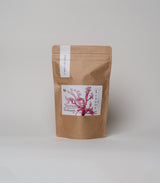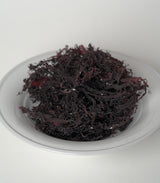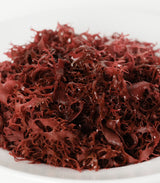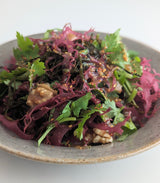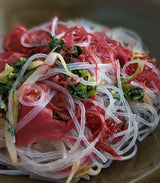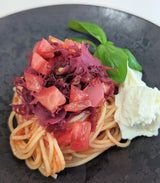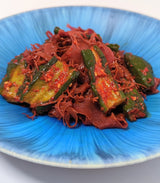Product Characteristics
The Crimson Red brings out the best in dishes and sweets


Perfect Match for Salad: Exceptional Harmony with Sourness
Top 3 Ways for Easting Tosakanori


Recipes
Tosakanori Salad
Dried Tosakanori Seaweed
Click here for more recipesCULINARY DEVELOPMENT / CHEF SHUI ISHIZAKA
RECCOMENDED USES
Versatile seaweed that can champion a dish when flavored with different ingredients


Soft and crunchy bite with floral notes that pairs exceptionally with acidic ingredients
“A starting point for a new ingredient is to pair it with something texturally or aesthetically similar”

For detailed information








